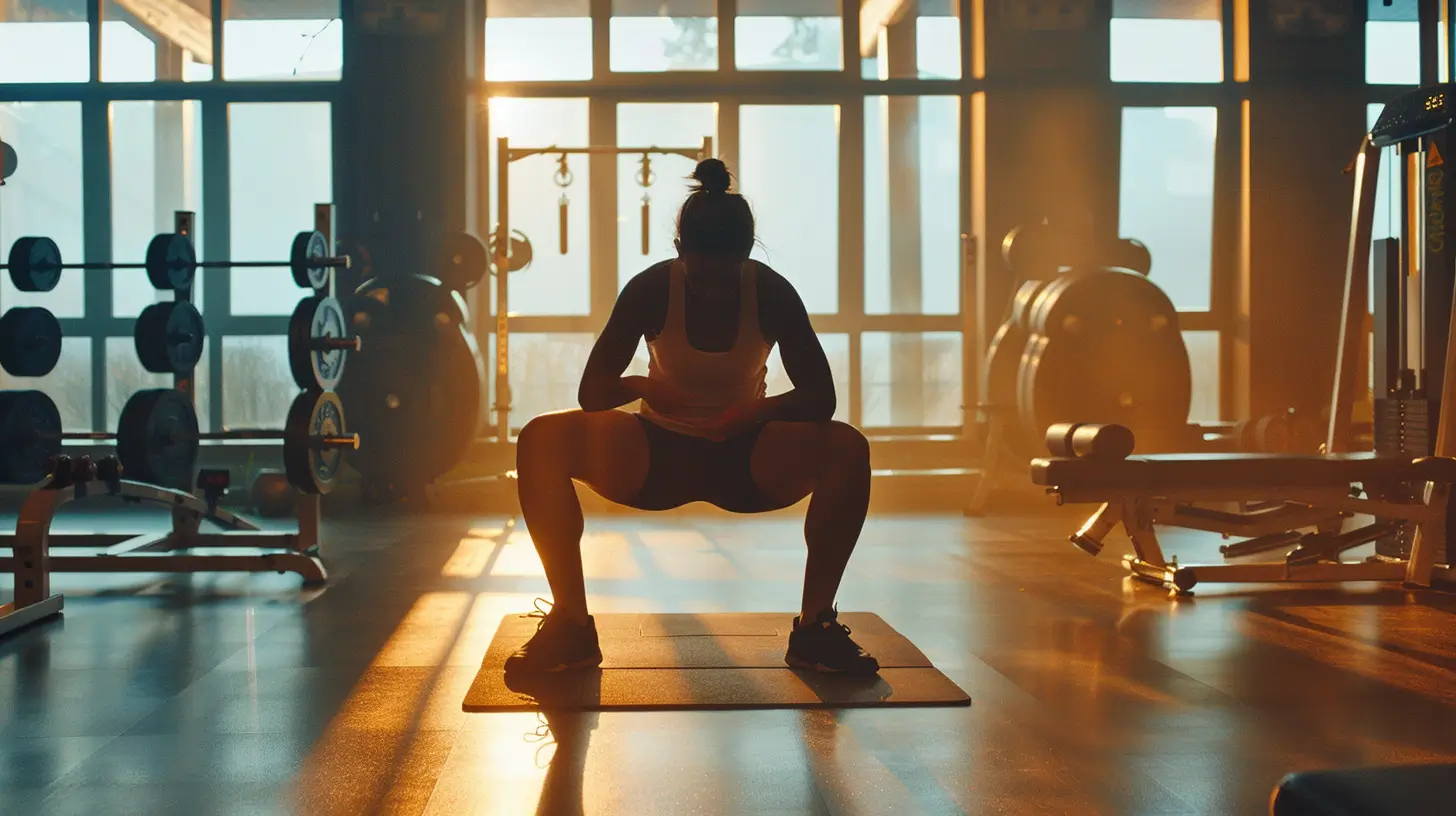What Are Squats?
Squats are one of the fundamental exercises for developing the muscles of the legs, hips, and glutes. This compound exercise stimulates multiple muscle groups, promoting growth and development. Squats also strengthen stabilizing muscles and improve balance.
How to Perform Squats Correctly
Follow these steps to execute squats properly:
- Start by standing with your feet shoulder-width apart, toes pointing forward.
- Keeping your back straight, slowly squat down as if you are sitting on a chair.
- Ensure your knees do not extend beyond your toes.
- Your thighs should be parallel to the floor.
- Return to the starting position by tightening your thigh and glute muscles.
Muscles Worked During Squats
Squats are a compound exercise that engages multiple muscles. Primarily, they target the muscles of the lower body, such as the thighs, glutes, calves, and quadriceps. However, stabilizing muscles like the rectus abdominis, obliques, and lower back muscles are equally important. During squats, these muscles work throughout the exercise, helping to maintain proper posture and balance. Therefore, squats are an excellent choice for training most major muscle groups.
Proper Squat Form
Maintaining proper squat form is essential for maximizing the exercise’s effectiveness and preventing injuries. It’s crucial to keep your back straight, avoid lifting your heels off the floor, and ensure your knees do not extend beyond your toes. Keep your gaze forward to maintain proper posture.
Benefits of Squats
Squats provide the development of several muscle groups, including the thighs, glutes, and back muscles. They also help strengthen stabilizing muscles and improve balance. Additionally, squats contribute to increased bone density and overall mobility.
Squat Variations
There are numerous squat variations that can be incorporated into a workout routine. For example:
- Barbell Squats: Adding a barbell increases resistance and muscle engagement.
- Deep Squats: Lowering yourself further increases muscle activation.
- Sumo Squats: Widening your stance targets the inner thighs.
- Single-Leg Squats: This advanced variation challenges balance and unilateral strength.
Alternatives to Squats
If you have knee or back issues, there are alternative exercises that can substitute for squats. These include:
- Lunges: Great for targeting the same muscle groups with less strain on the knees.
- Bridges: Focuses on the glutes and hamstrings.
- Step Aerobics: Low-impact exercise that still targets the legs and glutes.
- Hack Squats: A machine-assisted squat that can reduce the strain on the back and knees.
By integrating these tips and variations into your routine, you can enjoy the full benefits of squats while minimizing the risk of injury. For personalized advice and a tailored workout plan, consult with Etobicoke Personal Trainer.


